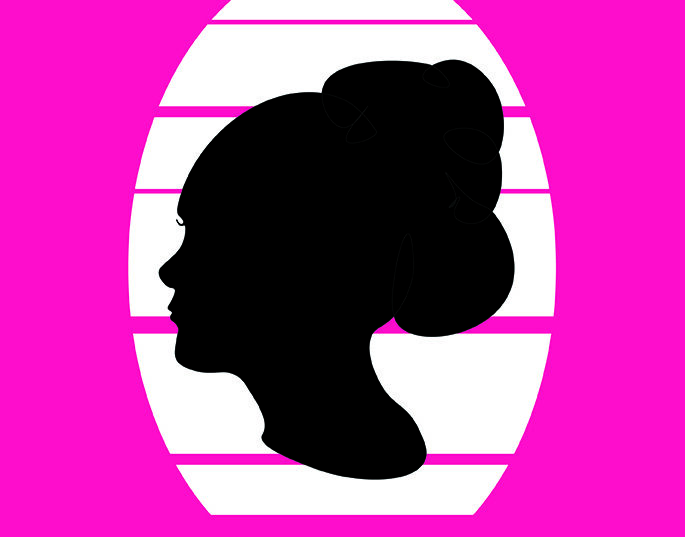Watchmen, created by Alan Moore, artist Dave Gibbons, and colorist John Higgins, has had an enormous impact on storytelling, graphic novels, literature, branding superheroes fonts and adaptions. Here is how…

Storytelling
Watchmen changed comic book storytelling by introducing complex characters and a non-linear narrative. It used multiple perspectives that explored different themes like corruption, greed, power, and human nature. This paved the way for more mature comics and graphic novels.
Graphic Novels
It has been said that Watchmen was one of the best graphic novels of all time. It helped make comics to the status of graphic novels. Its success showed that comics could be serious literature, giving them respect.

Literature
Watchmen was one of the first graphic novels to be included in Time Magazines 100 Best Novels list, showing its literary significance. This recognition helped show that comics are just mainstream literature.
Branding
Watchmen influenced the branding of superhero’s by displaying them as flawed realistic characters rather than idealized icons. This shift has been seen in branding and marketing of superhero franchises.
Superhero’s
The depiction of superheroes in watchmen was groundbreaking. It portrays them as complex sometimes morally questionable individuals which was different than the previously portrayed superheroes as perfect beings of virtue.

Fonts
The unique use of fonts had inspired the comic font that is used today. It also showed how typography can enhance tone and narrative.
Adaptions
Watchmen has been adapted into various media, including a 2009 film directed by Zack Snyder and an HBO television series in 2019.
Overall watchmen have left a gigantic impact on multiple facets of the creative industry, continuing to inspire and influence new generations of storytellers, artists, and audiences.
Discover more from Heather Cofer Bloom
Subscribe to get the latest posts sent to your email.
